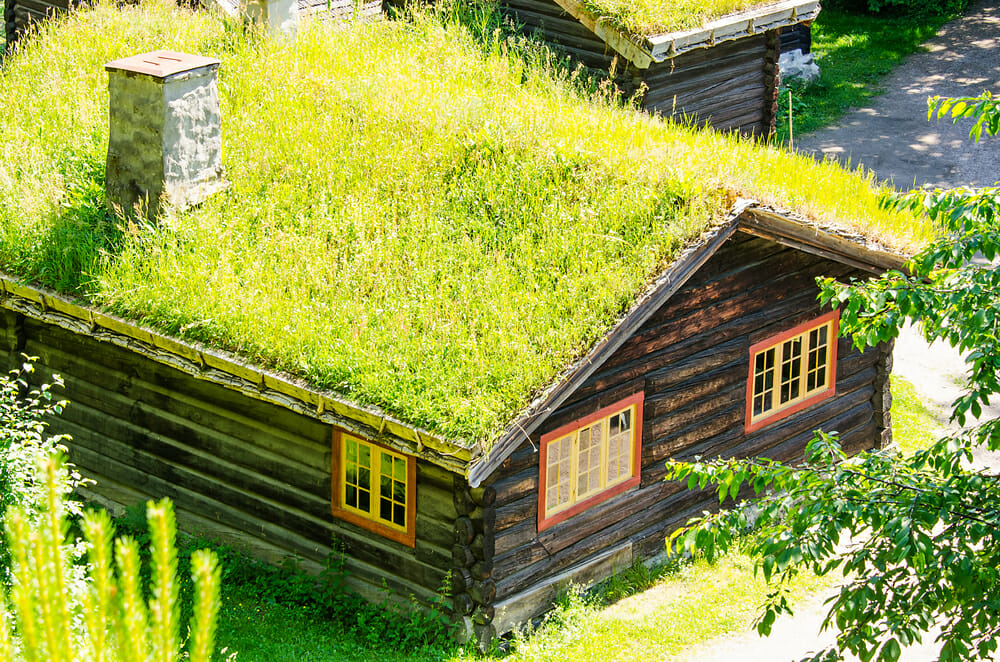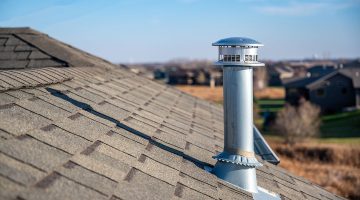There are several options for environmentally friendly roofing that can reduce the impact on the environment while also providing protection for a home or building. These options include using recycled materials, increasing energy efficiency, and promoting the growth of vegetation on roofs.
One environmentally friendly roofing option is the use of recycled materials. This can include using recycled shingles or tiles made from recycled plastic, rubber, or wood. Recycling these materials reduces the demand for new resources, which can have a positive impact on the environment.
Another option for environmentally friendly roofing is increasing energy efficiency. This can be achieved through the use of reflective roofing materials, which reflect sunlight and reduce the amount of heat absorbed by the roof. This can help to lower energy bills and reduce the carbon footprint of a home or building.
In addition to reflective roofing materials, the use of green roofs can also increase energy efficiency. A green roof is a roof that is partially or completely covered with vegetation, such as grass, flowers, or shrubs. These roofs can help to insulate a building and reduce the amount of heat absorbed by the roof, which can lower energy bills. Green roofs also have the added benefit of helping to filter pollutants from the air and providing habitat for wildlife.
Overall, there are several options for environmentally friendly roofing that can reduce the impact on the environment while also providing protection for a home or building. Using recycled materials, increasing energy efficiency, and promoting the growth of vegetation on roofs are all effective ways to create a more sustainable and eco-friendly roof.












